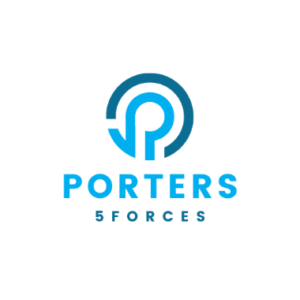Boeing Company Overview:
The Boeing Company is an American multinational corporation that designs, manufactures, and sells airplanes, rotorcraft, rockets, and satellites worldwide. Employing more than 140,000 people across the world with 90 locations including 60 manufacturing facilities in 30 states across the USA. The company reported $62 billion in revenue in 2021. As of 2012, the company had around $62 billion in cash and a market value of 129.5 billion as of May 31, 2012. The company is the largest U.S. exporter by dollar volume with more than 80% (last reported 2010) of sales generated outside the United States. Let’s now go over Boeing’s Porter Five Forces Model Analysis.
Boeing Competitive Rivalry:
The other large manufacturer of commercial airplanes is Airbus which was created by the merger between European Aeronautic Defence and Space Company (which increased its dominance over Airbus) other large manufacturers are Bombardier Aerospace, Embraer (created by the Brazilian government), and Russian Aircraft Corporation. The company has different types of buyers for their product, there are the top five airlines in the world are located in Asia/Pacific, Europe, North America, China/India, Middle East.
Boeing Bargaining Power of Suppliers:
As the largest purchaser of goods and services in the aerospace industry, Boeing wields a great deal of bargaining power when negotiating with suppliers. The company’s size allows it to demand price concessions and favorable delivery terms from suppliers. In addition, Boeing has developed a number of long-term supplier partnerships, which gives suppliers little choice but to do business with the company.
Boeing Bargaining Power of Buyers:
The company also faces a number of risks, including its reliance on a few customers for a large percentage of its sales. Boeing’s commercial aircraft business is highly dependent on orders from a small number of airlines, which could leave the company vulnerable to shifts in airline purchasing patterns. In addition, the company is exposed to the risk of terrorist attacks, which could lead to a decline in air travel and a corresponding decrease in orders for new airplanes.
Boeing Threat of New Entrants:
The commercial aircraft manufacturing industry is highly capital-intensive and requires significant technical expertise. Boeing has a number of advantages over potential new entrants, including its long history in the industry, its large pool of experienced employees, and its extensive supplier network. In addition, the company has developed a number of strategic partnerships with suppliers, which makes it difficult for new entrants to establish a foothold in the industry.
Boeing Threat of Substitutes:
Boeing’s main substitutes are the Airbus A320 and the Bombardier CSeries. Both of these planes are smaller and less expensive than Boeing’s offerings, which has put pressure on the company to reduce its prices. In addition, a number of airlines have opted to purchase planes from alternative suppliers, such as Embraer and Russian Aircraft Corporation.
Boeing Porter’s 5 Forces Conclusion:
Boeing’s competitive rivalry is very high therefore they need to maintain and develop their position as an innovative company and introduce new products and services, which will differentiate itself from other manufacturers like Airbus. Furthermore, Boeing has a large supplier base; however, the threat of new entrants is low because of high entry barriers. Customers are the ones who have high bargaining power because they purchase a large number of airplanes from Boeing every year. The substitutes for purchasing commercial airplanes are helicopters and business jets, however, using these as substitutes would not be cost-effective for customers therefore there is no threat of substitutes.

